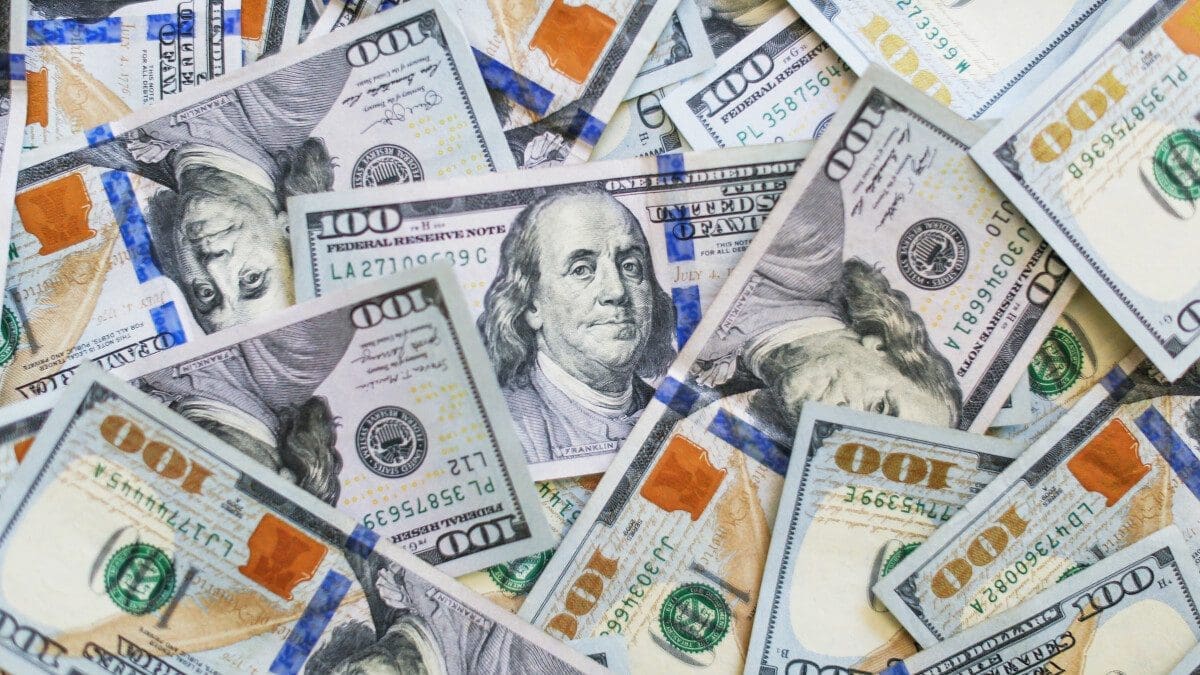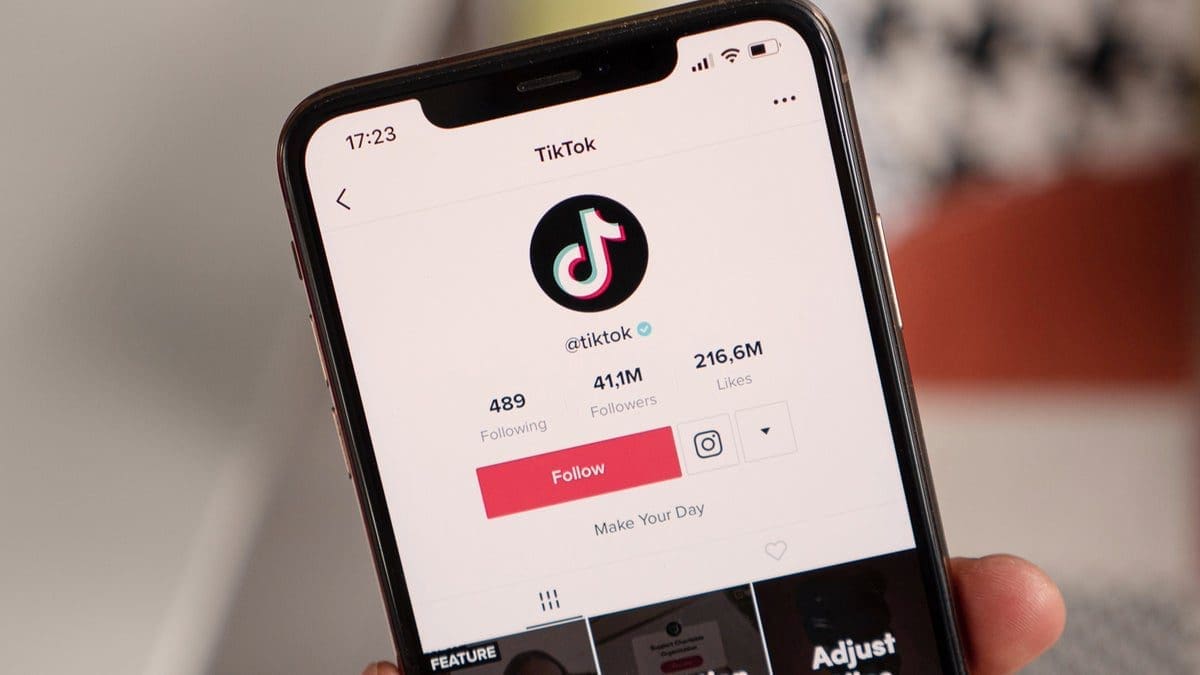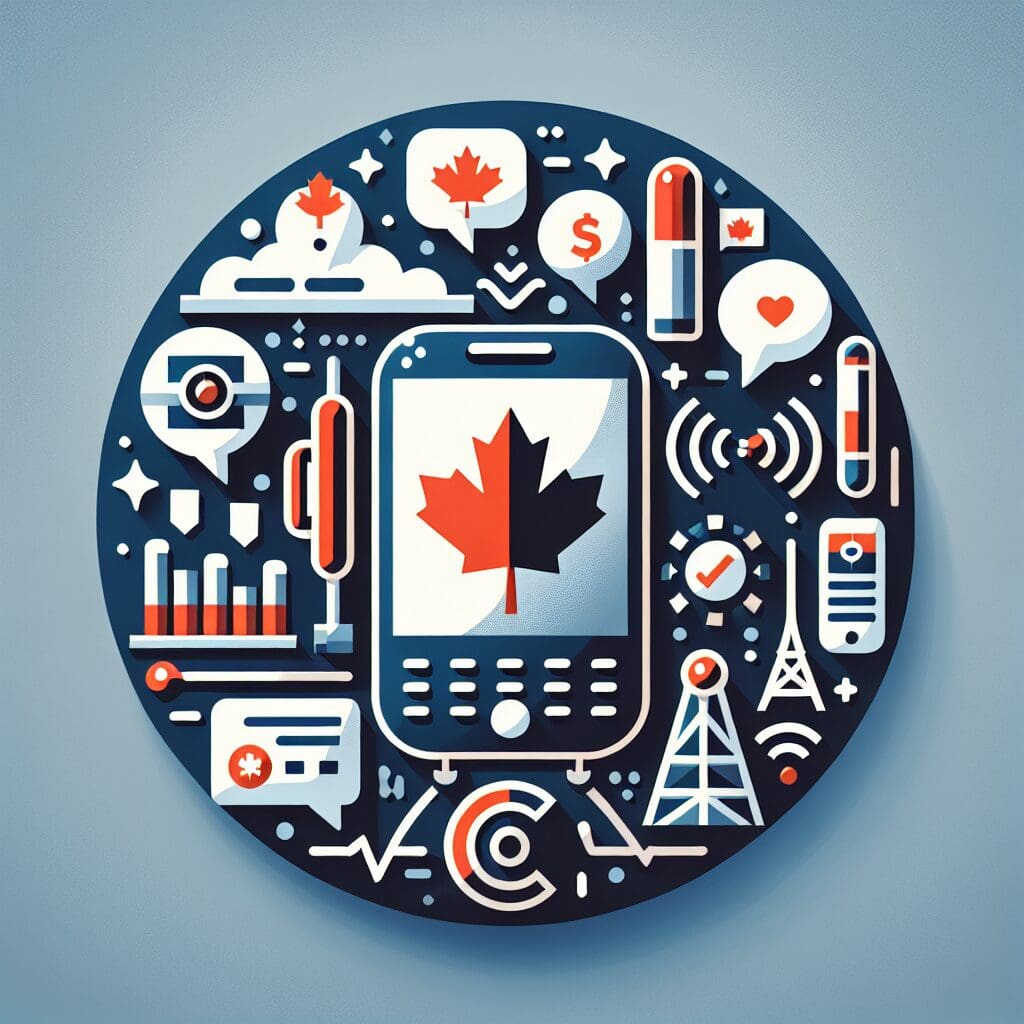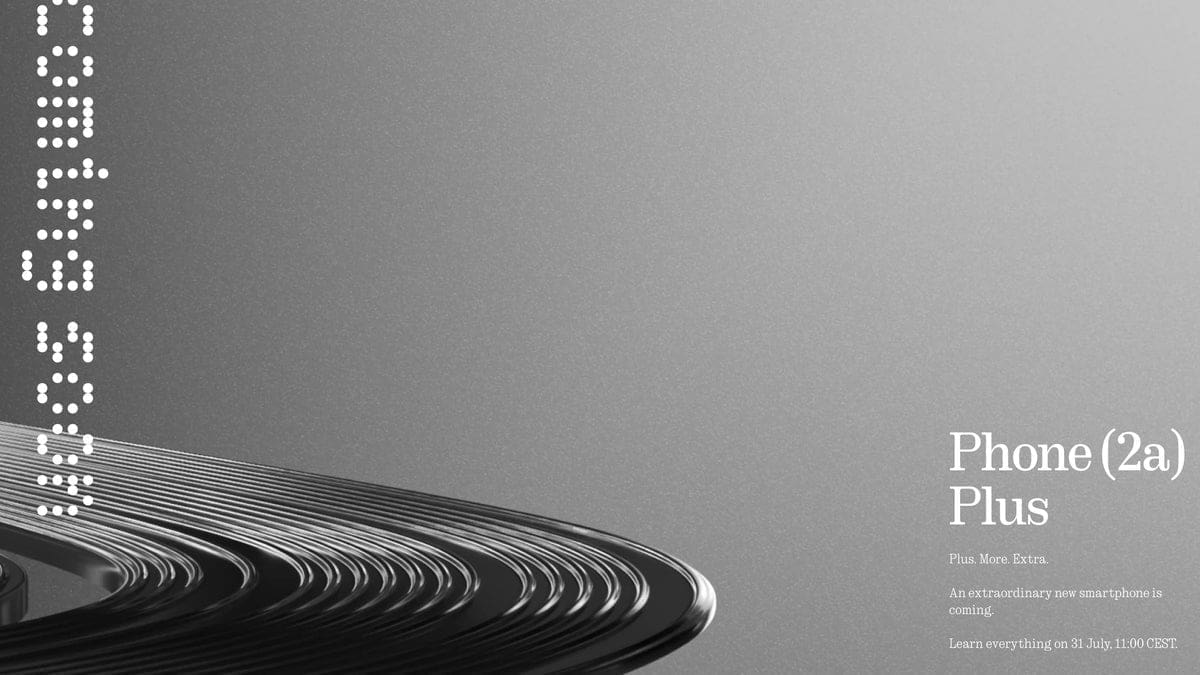Secret QR Codes Found on iPhone Displays
Did you know that there are hidden QR codes on the back of your iPhone’s display? These tiny codes, one the size of a crayon tip and the other the size of a grain of dust, were discovered by The Information. The purpose of these QR codes is to help Apple track the production of iPhone screens.
Apple started adding the smaller QR code in 2020, which is placed on the glass at different stages of production. These codes cannot be seen with the naked eye and require special equipment to view. Even a carrot-rich diet won’t help you spot them!
So why did Apple add these secret codes? They have a crucial role in saving the company money. By tracking the number of glass cover units produced by their suppliers, Lens Technology and Biel Crystal, Apple can identify and address any defects. Previously, these suppliers tried to hide the true number of defective screens produced, which could have significantly increased Apple’s production costs.
There are two microscopic QR codes on iPhone 15 series displays
How Do the QR Codes Benefit Apple?
By implementing the QR codes, Apple can accurately track the production of its iPhone screens. This allows them to keep a record of the number of screens produced and identify any defects. Previously, Apple had to discard three out of every 10 displays, costing them hundreds of millions of dollars. However, thanks to the QR codes, they have managed to significantly reduce this number to just one defect out of every 10 screens. This has resulted in substantial cost savings for Apple.
Ensuring Quality Control
Apple is committed to monitoring the production process at Lens Technology and Biel Crystal factories. They have invested millions of dollars in laser scanning equipment to add the QR code to the glass and scan it once production is complete. The location of the QR code has changed over time, with the latest iPhone models having it by the bezel at the screen’s bottom edge.
Initially, Apple attempted to etch the code directly into the glass using a laser. However, drop tests revealed that this weakened the glass and caused it to break at the spot where the QR code was placed. To overcome this issue, Apple developed a new method using microscopic lenses with ring lights. This allows them to embed the QR code without compromising the glass’s strength.
In conclusion, the use of microscopic QR codes has revolutionized Apple’s production process, enabling them to save significant amounts of money and ensure the quality of their iPhone screens. With these secret codes, Apple can hold their suppliers accountable and maintain their reputation for delivering high-quality devices.










